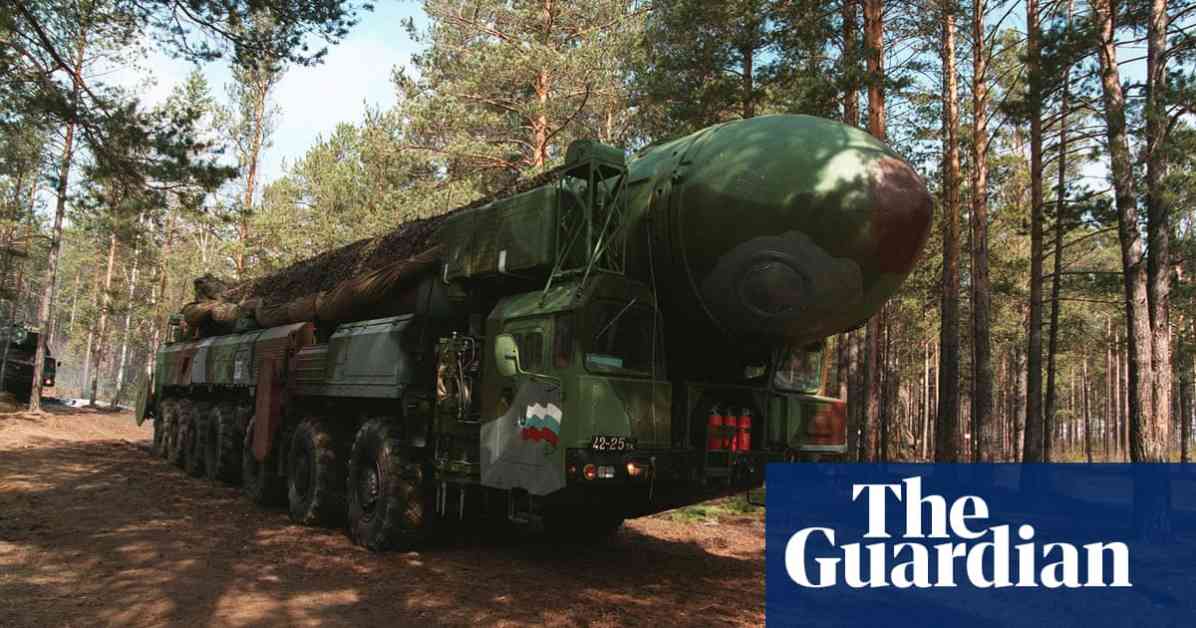Ukraine’s air force recently made an alarming claim that Russia had fired an intercontinental ballistic missile (ICBM) at the city of Dnipro. This alleged attack, if confirmed, would mark the first time such a long-range weapon has been used in any armed conflict. However, this claim was met with skepticism by some, including western officials who suggested that the missile in question may have been a shorter-range ballistic missile.
According to reports, nine projectiles were launched at various enterprises and critical infrastructure in Dnipro from the Astrakhan region of Russia. The missile, reportedly launched between 5am and 7am local time, would have had to travel approximately 500 miles (800km) to reach its target. The air force stated that the missile hit without causing any immediate consequences, though it was unclear if there were any casualties. Air defenses managed to intercept and destroy six of the nine projectiles.
While the UK defense secretary acknowledged media reports of a new ballistic missile being used by Russia in Ukraine, the specifics of the attack remained unconfirmed. Video footage of the incident showed multiple flashes as the ground was struck, indicating the severity of the attack. Russian ICBMs are known for their long ranges, capable of reaching the US east coast from Astrakhan, and are equipped for nuclear capabilities, adding a concerning dimension to the situation.
Despite the seriousness of the situation, Russia has not officially acknowledged the use of an ICBM, and its defense ministry omitted any reference to it in their daily briefing. However, a revealing phone conversation captured Maria Zakharova, a Russian foreign ministry spokesperson, discussing a ballistic missile strike targeting the Yuzhmash military facility in Dnipro.
An expert on Russian nuclear weapons highlighted the lack of information available to determine whether an ICBM was indeed used in the attack. The expert emphasized the high cost and low accuracy of ICBMs, suggesting that their use in this context might serve as a signal rather than a strategic military move.
Historically, ICBMs were developed during the cold war era as a means for superpowers like the Soviet Union and the US to directly threaten each other’s populations with nuclear weapons. While Russia reportedly has 326 ICBMs in its nuclear arsenal, the actual use of such weapons in a war had never occurred before this incident.
In response to the escalating tensions, the US and the UK recently permitted the use of certain missiles against targets in or near the Kursk region of Russia. The closure of the US embassy in Kyiv due to a warning of a potential air attack further underscores the gravity of the situation, with concerns about Russian ICBM activity being closely monitored.
As the details of the alleged ICBM attack continue to unfold, the impact on civilians in Dnipro remains a primary concern. Initial reports mentioned damage to an industrial enterprise and fires in the city, indicating the potential repercussions of such a significant military escalation. The evolving situation highlights the ongoing arms race in Ukraine and the complex dynamics at play between Russia and its neighbors.












